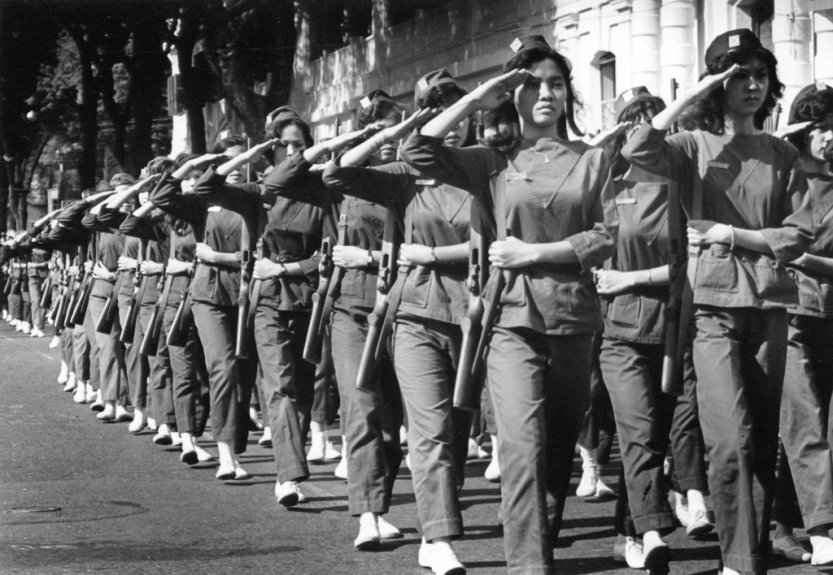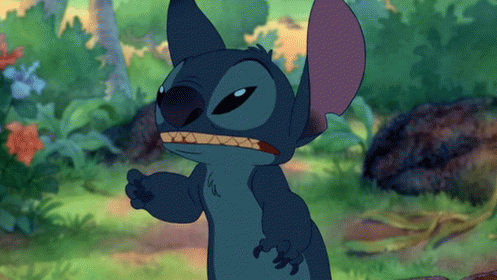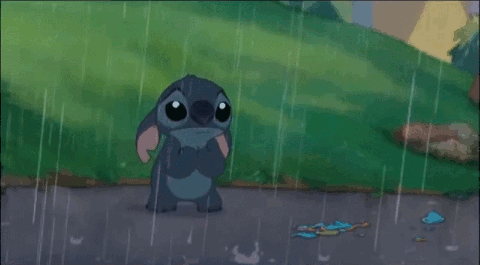
It all started off with this picture in Linda Vo’s Vietnam lecture:

Correlating with the events of the Vietnam War, Vo had been talking about the infamous tragedy of the My Lai Massacre. The Massacre was a mistaken assassination, by the Charlie Company and the United States army, intended to rid the neighboring village of Quang Ngai of its possible connections to the Viet Cong. Despite the seemingly innocence of My Lai, the troops went ahead and begin slaughtering and executing villagers in masses. It did not matter what age, what gender the victims were. It became objective to murder everyone on sight. Men, women, and children, could not raise a single hand against their oppressors who continued shooting them down.
In addition to burning down all the homes and farms, many of the soldiers took to raping hundreds of the female villagers. In the photograph for instance, several women are buttoning up their blouses as the pictures had been taken just after they had been raped. With children clinging onto them, either out of fear or anxiousness, fear and anguish capture their faces. According to the court testimony, these very women and children were killed a mere seconds after the picture had been taken.
As a women, myself, I related to this photograph on a personal level. Originally, I wanted to write specifically about the victimization of women during the Vietnam War until I stumbled upon this photo:

Prior to this, I had never seen an instance in which women are marching together in formation, uniformed, and artillery held firmly within their grasps. What captured me was the intense look of discipline and confidence with their eyes, an attitude that goes against the stereotype that war is only a male’s sport. The fact that this attitude was collective allows for this photo to embody the true meaning of feminism. Feminism is not a mere replacement of the opposite sex, nor a way of gender superiority. Rather, it is balancing of both genders by a means of bringing the level of women up to the level of men through equal representation and rights. In regards to this photo, I could see that these women weren’t simply fighting to help men. They were fighting both for their loved ones and themselves because this war, too, became theirs.

Starting foot on a path about feminism, in the militaristic sense, was difficult to say the least. Because women were so discouraged and even forbidden to engage in affairs outside of the house, it was actually grueling scouring the internet for scholarly secondary sources proving how women fought in the Vietnam War.
I stumbled across an article describing the troubles of publishing feminist work as doing so would be seen as support of the modern gender revolution. Besides letters, many photos of women on the battlefield lacked names of the year and of photographers. The choices of these anonymous artist were likely decided in order to minimize whatever traces would lead back to them; protection. Publishing these pieces of evidence became an act of influence, encouragement for more women to engage in warfare.
There are countless ways for women to engage within warfare whether it be through nursing, guerrilla warfare, maintenance of the widely traveled Ho Chi Minh trail, or speaking out at peace conferences designed to find compromising solutions for both sides of the Vietnam War. Yes women were able to find their own ways to help out in the war, but connecting everything under 1-2 primary sources would be a struggle.

Simply connecting each and every contribution through the photograph of the paramilitary school would not be enough. What I thought I needed, but could not find, was a scholarly secondary source specifically explaining the spread of feminism, how one way women participated in the war lead to another.
Unfortunately, I found myself stuck at a fork in the road. The more I talked out the findings for my essay with my professor, the more I realized my fascination with the idea of Madame Nhu, the founder of the female paramilitary school in Saigon and overall Women’s Solidarity Movement. The problem with this is that if I focused on her, my essay would be everywhere if I were still to incorporate the information of other ways women fought in the war.
As I began diving in the biography of Madame Nhu, I came to learn that she was actually on the side of the Southern Viet Cong. I mistakenly assumed she was apart of the Northern Vietnamese Communists after misreading the fact that she was actually captured by them. This finding forced me to switch mentioning the North Vietnamese to the South within my thesis. In addition, I could no longer include the events of women filling up the potholes peppered within the Ho Chi Minh trail as it was only done by those supporting the communist side of the war.

Another problem was connecting my choices feminine warfare, including fighting of female paramilitary soldiers, fighting by guerrilla warfare, and verbal fighting within the peace conferences, under the seemingly singular theme of feminism.
Two events I emphasized during my meeting with my professor was the beginning of the paramilitary school, and the introduction of the female peace meetings at the end of the war. Key points about the school included the fact that these were women going against the social norms of society by choosing to become apart of and engage in violence on the front. The peace meetings, on the other hand, were described as “meetings for mothers” in which women shared and empathized with each others’ own horrifying stories from the war. In other words, one story poses as opposition against the stereotype that women are naturally more empathetic than men, while the other story says otherwise.

It wasn’t until the Oral Presentation, in which I created a slide featuring my primary source, choice of secondary sources, and addressing of questions about the differences of feminism between cultures, that I began to shift more of my focus upon Madame Nhu.
In the slide featuring my primary source, I decided to insert a photo of her as historical background.

With these photos together, side-by-side, I couldn’t help but like this one more than my original primary source. This photo was up-close and personal. It more accurately portrayed the meaning of feminism, in my eyes. There is a certain beauty in the way of a woman teaching more women how to fire a gun. The accuracy in the closing of one eye, the elegance and individualism in the upholding of her body and wearing of her dress, and the confidence in the grasp of her gun, was all the more reason to declare this photo a real representation of the Dragon Lady herself.
In the paramilitary school photo, Madame Nhu was not there, only her students displaying what they learned – not who they learned from. The discipline from their learnings does not directly point to Nhu as their teacher, especially because they are masked by the uniformed disciplinary attitude of any army.

This photo emphasizes Madame Nhu’s flare to her version of feminism, allowing more of an entrance to her background than with my first primary photo. She brings a whole new meaning to the word “beautiful”. The stereotype of “beauty” for women, takes into account empathy, grace, care, and loyalty. Nhu’s way of grace is somewhat fiery, powerful, and confident. To feel confident in herself as an individual is one thing, but to evidently portray that confidence to others is another.
What I liked about the background of Madame Nhu is how the American and Vietnamese cultures portrayed her versus herself. Labeling her as either the Dragon Lady of Tiger Lady, Madame Nhu was seen as a catalyst for the turmoil of Vietnam. By reaching further into her backstory, I have begun uncovering the heroism behind the so-called villain. Similar to her, many other women contributed largely to the war, only to be forgotten, misinterpreted, and/or especially mistreated. For their efforts to dissuade the influences of society on culture, choosing her as the basis of my paper will truly bring justice to the efforts women made in bettering both their country and themselves as beings, not just as women.